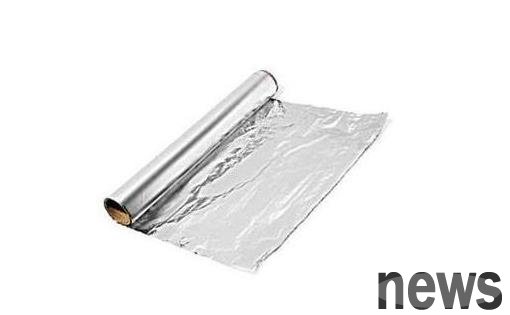How to make a wicker sofa? Cleaning and maintenance of wicker sofas
Cleaning of Willow Woven Sofa
1. When cleaning the stains on the surface of the willow Woven Sofa, you can wipe it with neutral soap liquid and warm water (a ratio of about 1:20), then wipe it clean with clean water. After wiping it a few times, then wipe it with a dry cloth. This can reduce the occurrence of dirt passing through the paint layer and entering the wooden surface.
2. After cleaning the solid wood sofa with the above method, you can spray solid wood furniture maintenance oil on the surface of the willow sofa, which can play a certain protective role on the wood.
Maintenance of Willow-woven sofas
1. Willow-woven sofas are most likely to be damp or sunny, so they should be placed in an invasive place with curtains to avoid direct sunlight from the willow-woven sofas.
2. After wiping the willow-woven sofa with a damp cloth, you should immediately wipe it with a dry cloth.
3. Willow-woven sofas are prone to wood cracking, which is mostly due to dryness at home. If the climate at home is particularly dry, you can equip your home with a humidifier to increase the humidity of the air and prevent the sofa from being swelled up.
4. Due to the different treatments of surface paints for various furniture, we can also choose to use wax in normal wipes, or purchase some wooden furniture for maintenance and spraying. These methods can play a certain protective role in wooden furniture.
How to make a wicker sofa?
1. Variety: green buds, red buds, and white buds in white willows.
2. Landing conditions: select loam or sandy loam with a tillage layer of ≥ 25cm, pH value between 6 and 7, organic matter content of ≥ 1 and 5.
The second is the quality requirements for willow branches: base diameter ≤ 1, 2cm, no bifurcation, good finish, no spots, and length within 1m; 40 spots, no bifurcation, straight strips, and the ratio of root tips within 1m; 1mm, folded into a circle with a diameter of 30 times the willow branches, and it is constantly, wet strips are blue, dry strips are clean and white, without obvious variegated colors, and the product does not carry insect eggs.
Processing process:
1. Material selection: You must choose locally produced willow branches that meet quality requirements.
2. Weaving: Choose one or more combinations of flat knitting, straight knitting, fine knitting, twist knitting, and nail knitting. Willow branches account for more than 70% of the finished product surface area; they must be hand-woven.
3. Product post-processing: hand-woven products → plastic → drying → product dispersion packaging
4. Product quality characteristics:
(1) Flat woven products require uniformity, no broken heads, and smoothness;
(2) String woven products require uniformity, hard skeleton, strong three-dimensional sense, smoothness, and no breakage;
(3) Fine woven products require tight, symmetrical, and proper matching of small strips, light transmission without gaps or small gaps;
(4) Twist woven products require no broken heads, and the product is strong and symmetrical;
(5) Nail woven products require uniformity, no broken heads, no exposed nails, and natural.
Weaving process: Willow knitting process varies from variety to variety, and is divided into three types: weaving process, weaving assembly process and warp and weft knitting process. The main techniques of willow weaving technology include five types: plain weaving, pattern weaving, stranding weaving, mason weaving, and edge wrapping.



